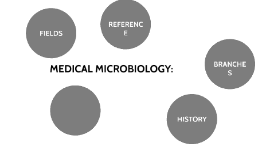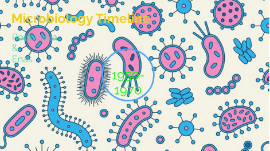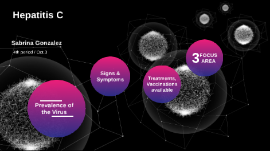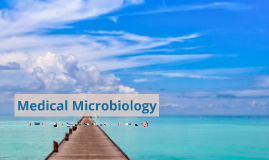MEDICAL MICROBIOLOGY
Transcript: MEDICAL MICROBIOLOGY: Medical microbiology, also known as ‘’’clinical microbiology’’’, is the study of microbes, such as bacteria, viruses, fungi and parasites, which cause human illness and their role in the disease. The microbes and the branch of microbiology are the most studied due to their great importance to medicine.[1] INTODUCTION: In 1546, Girolamo Fracastoro proposed that epidemic diseases were caused by transferable seed like entities through direct, indirect contact and contact over long distances with an infection. Louis Pasteur and Robert Koch are the founders of medical microbiology] Louis Pasteur is famous for his experiments when he disproved the theory of spontaneous generation.[3] He offered method for food preservation (pasteurization) and vaccines against anthrax, fowl cholera and rabies.[1] Robert Koch contributed to the germ theory of disease, provided that specific diseases were caused by specific microbes. He developed criteria known as the Koch's postulates and was among first to isolate bacteria in pure culture. HISTORY bacteriology, virology, parasitology, immunology and mycology. BRANCHES: BRANCHES FIELDS FIELDS: Microbial physiology is the study of microbial growth, microbial metabolism and microbial cell structure. Microbial genetics is the study of how genes are organized and regulated in microbes in relation to their cellular functions. Parasitology investigates parasites. The specimen here is feces, blood, urine, sputum, and other samples. Virology identifies viruses in specimens of blood, urine, and cerebrospinal fluid. Immunology/Serology uses antigen-antibody interaction as a diagnostic tool, determines compatibility of transplanted organs. REFERENCE Madigan M, Martinko J (editors) (2006). Brock Biology of Microorganisms (11th ed.). Prentice Hall. ISBN 0-13-144329-1. Ryan KJ, Ray CG (editors) (2004). Sherris Medical Microbiology (4th ed.). McGraw Hill. ISBN 0-8385-8529-9. Bordenave G (2003). "Louis Pasteur (1822-1895)". Microbes Infect. 5 (6): 553–60. doi:10.1016/S1286-4579(03)00075-3. PMID 12758285. Tannock GW (editor). (2005). Probiotics and Prebiotics: Scientific Aspects. Caister Academic Press. ISBN 978-1-904455-01-1. REFERENCE:

















